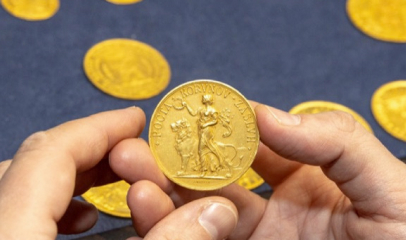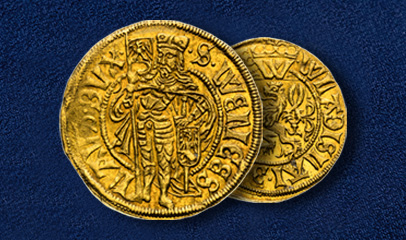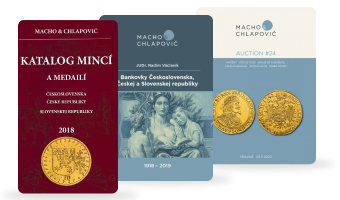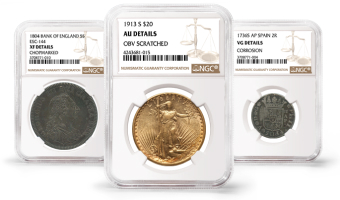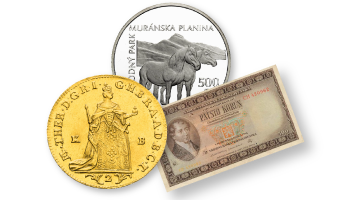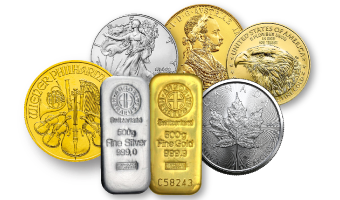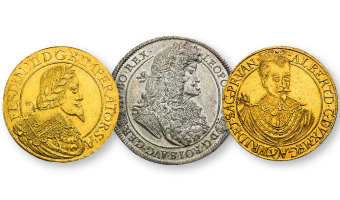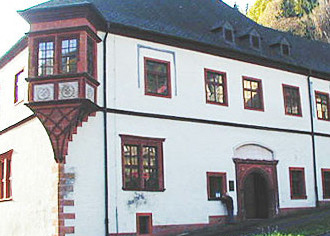
Joachimsthal mint during Thirty Years’ War
After the lost uprising of the estates and with the advent of the Thirty Years’ War, Joachimsthal mint got into a difficult situation. Formally, the emperor protected the mining town from obligations to pay war contributions and to house the army. But in fact, he could not protect town’s borders from invasions by enemy troops and rampages of various military units. The property of the emperor and wealthy town citizens were more than appealing target. Another disaster was the pressure of the royal governors on re-catholicization of the whole country. For Joachimsthal, located on the border with the protestant Saxony and inhabited largely by german lutherans, this meant an outflow of skilled labor to Germany. The hostile attitude of the Joachimsthal citizens towards the emperor is evident by the Joachimsthal mintmaster Gregor Steinmüller’s deed during the time of the Saxon invasion to Bohemia in 1631. He asked the Saxons for their help against the imperial army. An arrest warrant was issued on Steinmüller and David Knobloch, at that time holding the office of “varadein” (nb: deputy in charge of quality), was appointed in his place after the Saxons left.
Knobloch’s administration in critical economic situation
During the Knobloch administration the economic situation of the mint became critical. The uncertain military situation did not allow any investment in the mines and, therefore, silver supply to the mint stagnated. Even an occasional purchase of “pagament” (nb: scrap metals used for minting) did not revive the coin production in any way. The mint was on the brink of bankruptcy and employees got their salaries delayed. The gloomy situation in Joachimsthal is evident from the fact that at the end of the 1630s a large portion of houses was damaged or uninhabited and no more than 200 persons were living in the town. In the 1630s, practically only small coins were minted in the mint. In 1640, the mint was plundered by Swedish troops. The renewal of the mint required investment. At the same time, it has brought temporary, albeit weak, revival of coin production. The probable reason was the revival of mining activities. In the years 1641–1644, talers and occasionally even multiples of them were minted more regularly. The dies were supplied by the Prague goldsmith Solomon Scultet.
Knobloch’s 1643 and 1644 taler multiples
The more optimistic perspective of Joachimsthal mining and minting should perhaps have been brought to light by the representative 5, 4, 3 and 2-taler strikes with the mintmaster’s mark of David Knobloch placed under the imperial eagle. Undoubtedly, they were minted to a minimal extent, as today only few individual pieces are known. These unique strikes include 1643 2 taler and 1644 3 taler from Novák’s collection.
1643 2 taler 1643 was sold in Auction # 26 for 90 000 eur.
1644 3 taler 1644 was sold in Auction # 26 for 220 000 eur.


